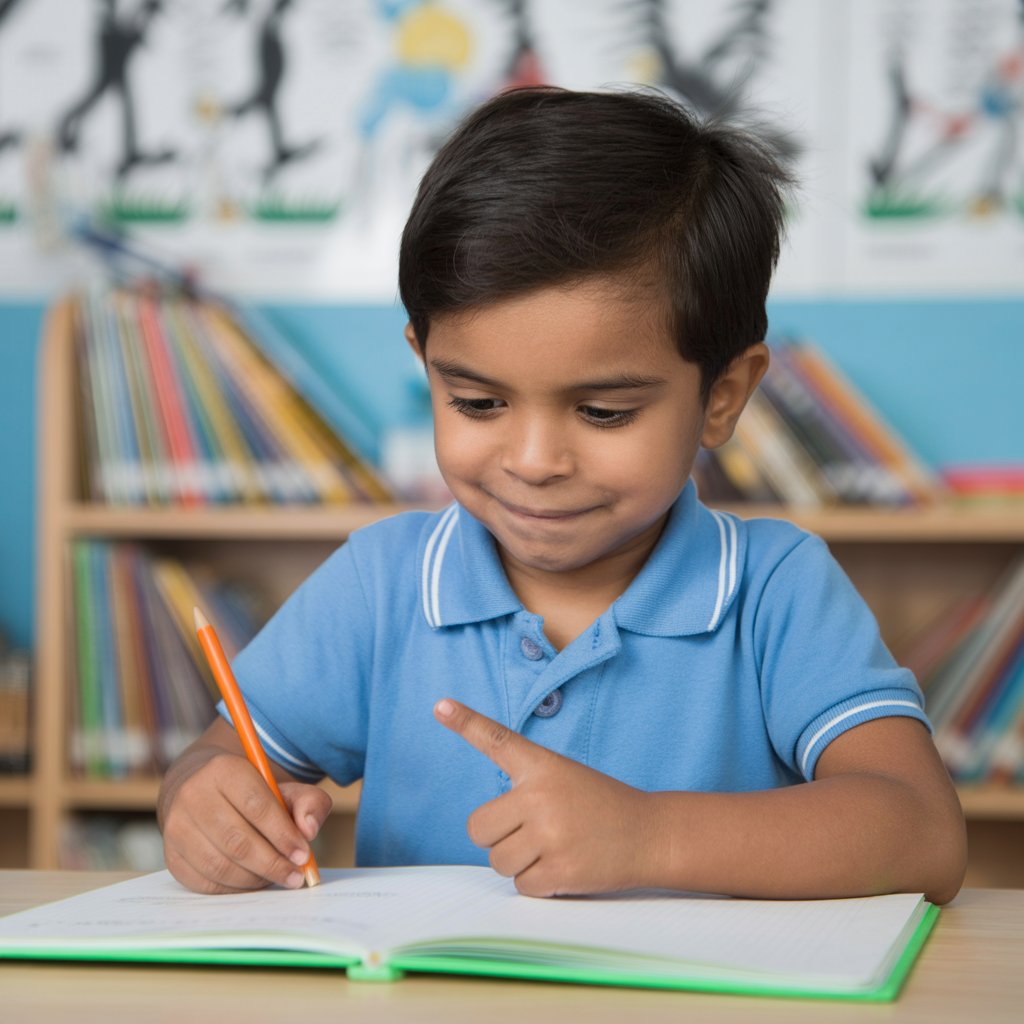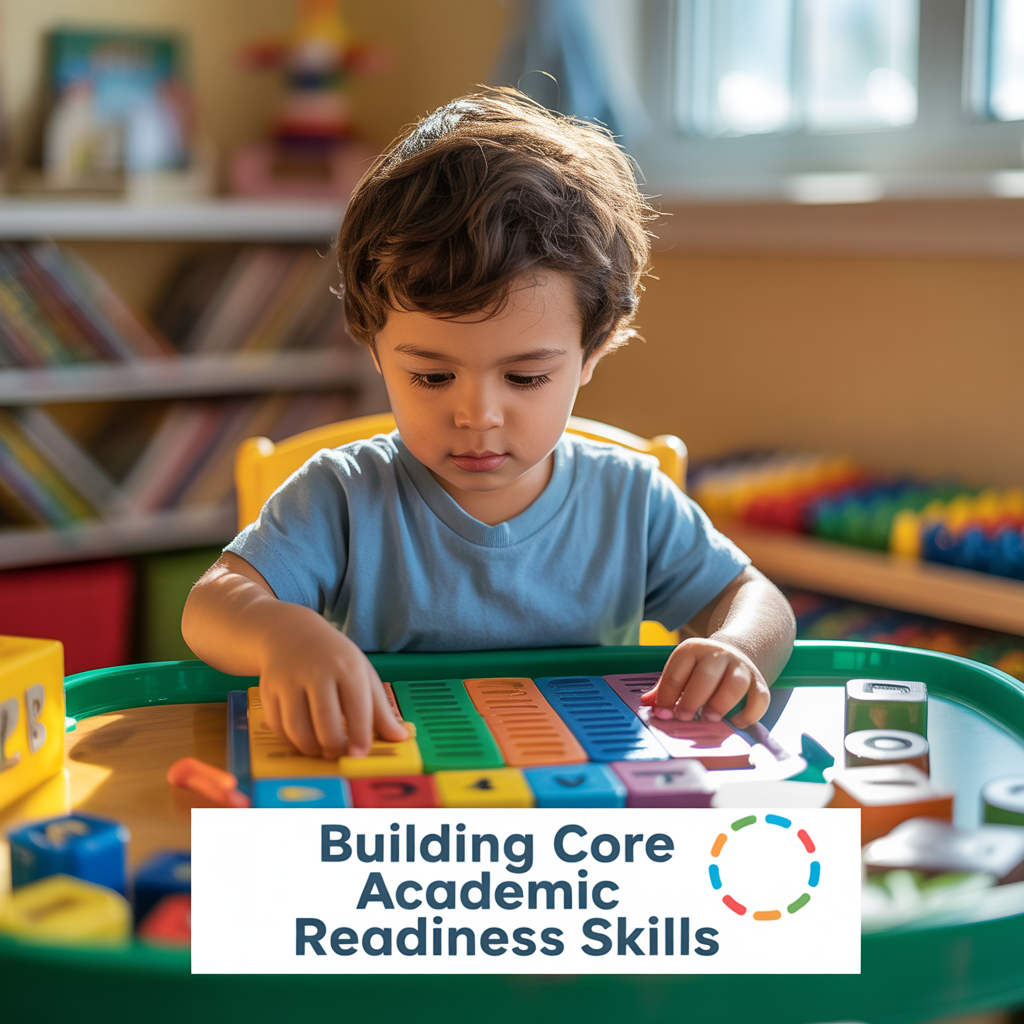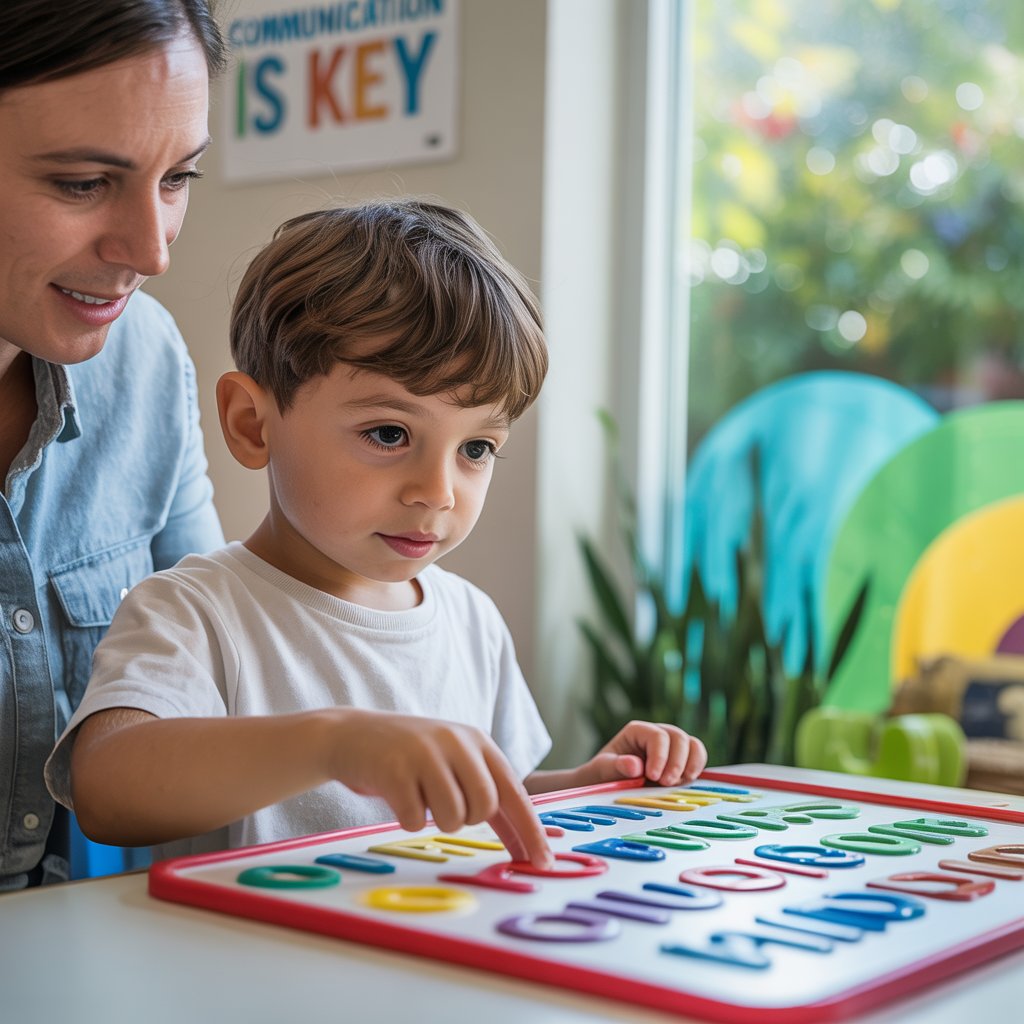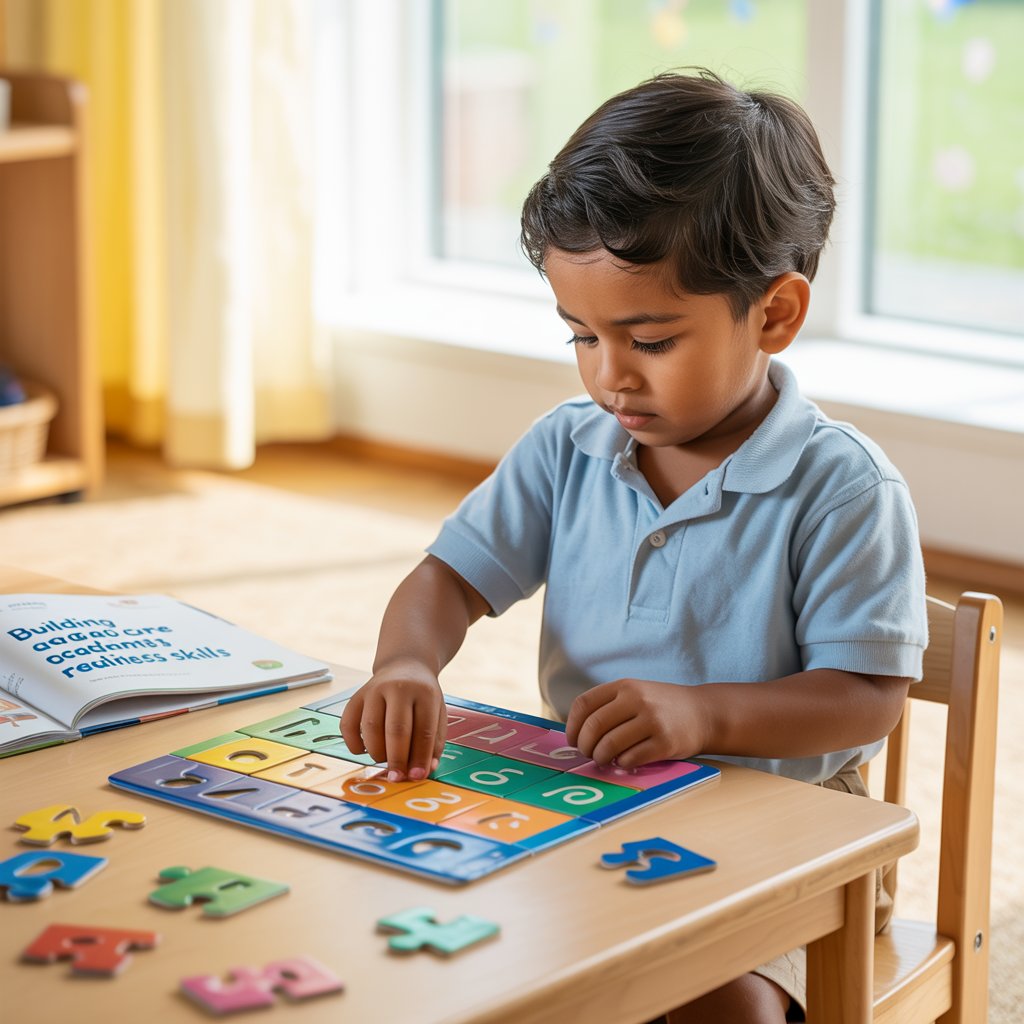Building Core Academic Readiness Skills in Children with Autism

Pre-literacy development: phonological awareness
Ever noticed how kids with autism often struggle with those early reading skills? Phonological awareness is a huge piece of that puzzle. It's the ability to hear and play with speech sounds - like knowing "cat" and "hat" rhyme or that "dog" starts with the /d/ sound.
For many children with autism, these sound patterns don't naturally jump out. They might miss those subtle differences between similar sounds or have trouble breaking words into smaller chunks.
Try these simple activities to build these critical skills:
- Sound sorting games (finding objects that start with the same sound)
- Rhyming pairs with visual supports
- Clapping out syllables in favorite words
- Songs that emphasize word sounds
The trick is making it concrete. Use pictures, objects, and movement to help connect abstract sounds to something they can see and touch.
Early numeracy concepts and counting
Numbers can actually be a strength for many kids with autism! But true number sense goes beyond just counting by memory.
Start with these foundational skills:
- One-to-one correspondence (matching one object to one number)
- Quantity recognition (understanding what "3" really means)
- Pattern recognition and sequencing
- Simple sorting and categorizing
Visual supports are your best friend here. Try counting jars with physical objects, number lines they can touch, or sorting activities with preferred items.
Many children with autism learn counting as a script but struggle to connect it to actual quantities. Break this down by having them touch each item as they count, using visual number charts, and practicing real-life counting opportunities throughout the day.
Fine motor skills for writing readiness
Writing demands incredible coordination - something that's often challenging for kids with autism. Before jumping to pencil and paper, build those hand muscles through:
- Playdough squeezing and pinching
- Tearing paper into strips
- Using tweezers to pick up small objects
- Stringing beads or cereal
- Finger painting and vertical surface activities
The sensory aspect of writing can be overwhelming too. Try different pencil grips, weighted pencils, or raised line paper to provide extra sensory feedback.
Remember that typing might be easier for some children with autism - and that's perfectly okay! The goal is communication, not perfect handwriting.

Visual perception and spatial awareness
This skill set affects everything from reading to navigating the classroom. Children with autism often show uneven visual-spatial abilities - sometimes struggling with details while excelling with patterns.
Build these skills through:
- Simple puzzles (starting with inset puzzles with knobs)
- Shape sorting activities
- Building with blocks and following visual patterns
- Mazes and simple dot-to-dot activities
- "I spy" games focusing on specific visual features
Many visual perception activities can double as calming breaks - arranging items in patterns, completing puzzles, or finding hidden pictures in a busy scene.
Working on these visual skills has a direct impact on reading readiness too, as it helps children track words across a page and discriminate between similar-looking letters.






